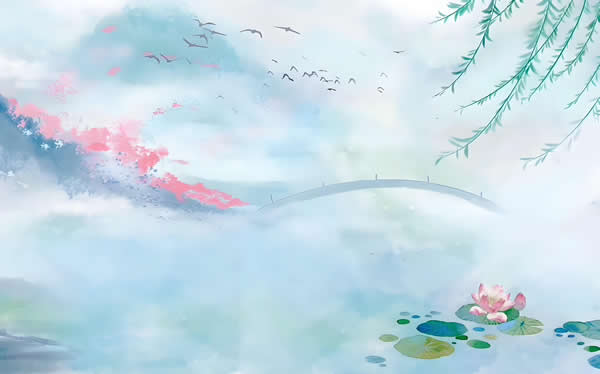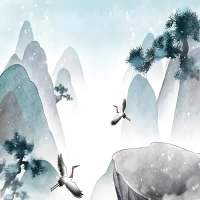种花人诗句 often reflects the harmony between humans and nature, emphasizing the simplicity and purity of rural life. In the works of Tao Yuanming, a prominent poet from the Eastern Jin Dynasty, we find numerous references to gardening and farming, such as in his famous poem "Returning to the Fields": "I pluck chrysanthemums under the eastern hedge, And gaze afar at the southern mountain." This depicts a种花人-like figure enjoying the tranquility of nature,远离尘嚣,追求内心的宁静。这种意象不仅在中国诗词中盛行,还影响了后世文学,成为中国文化中“隐逸”主题的重要载体。
从更深层次看,种花人诗句 often conveys philosophical insights about life, time, and mortality. For instance, in the Tang Dynasty, Li Bai's poetry frequently uses floral imagery to express transient beauty, as in "静夜思" where the moonlight evokes a sense of ephemeral joy, akin to a种花人 tending to blooms that will soon fade. This reminds readers of the impermanence of life and the importance of cherishing the present moment. Similarly, in the Song Dynasty, Su Shi's "水调歌头" uses the metaphor of flowers to discuss resilience: "人有悲欢离合,月有阴晴圆缺,此事古难全。" Here, the种花人's labor symbolizes the endless cycle of joy and sorrow, teaching us to embrace life's fluctuations with grace.

Moreover,种花人诗句 is not limited to literal gardening; it often extends to metaphorical meanings, such as cultivating one's character or nurturing relationships. In classical Chinese literature, the act of种花 is akin to self-cultivation, as seen in Confucian ideals where one tends to their virtues like a gardener tends to plants. This is evident in poems like those by Du Fu, who wrote about the hardships of life but always with a underlying hope, much like a种花人 patiently waiting for blossoms amid adversity.

In modern context,种花人诗句 continues to inspire, reminding us of the value of patience, hard work, and connection to nature. It encourages a slower pace of life in our fast-paced world, urging us to find beauty in simplicity. Whether through ancient verses or contemporary interpretations, the imagery of a种花人 remains a powerful symbol of resilience and aesthetic appreciation.
Overall,种花人诗句 is a rich tapestry of cultural and emotional depth, weaving together themes of labor, beauty, and philosophy. It invites readers to reflect on their own lives and the world around them, making it a timeless element in Chinese poetry that resonates across generations.
种花人诗句,自古便是文人墨客笔下的常见意象,它不仅仅是对自然景物的描绘,更承载着深层的文化内涵与人生感悟。在中国古典诗词中,种花人常被用来象征辛勤劳作、淡泊名利、追求美好生活的人,他们的形象往往与田园风光、隐逸情怀紧密相连。唐代诗人白居易在《赋得古原草送别》中写道:“离离原上草,一岁一枯荣。野火烧不尽,春风吹又生。”虽未直接提及种花人,但诗句中草的生长与凋零,隐喻了种花人的辛勤与自然循环,体现了对生命力的赞美。又如宋代诗人陆游的《卜算子·咏梅》中,“无意苦争春,一任群芳妒。零落成泥碾作尘,只有香如故。”这里的梅花虽非直接种花,但种花人的精神——不求显赫,只留清香——跃然纸上,传递出高洁孤傲的品格。



 相关阅读
相关阅读










